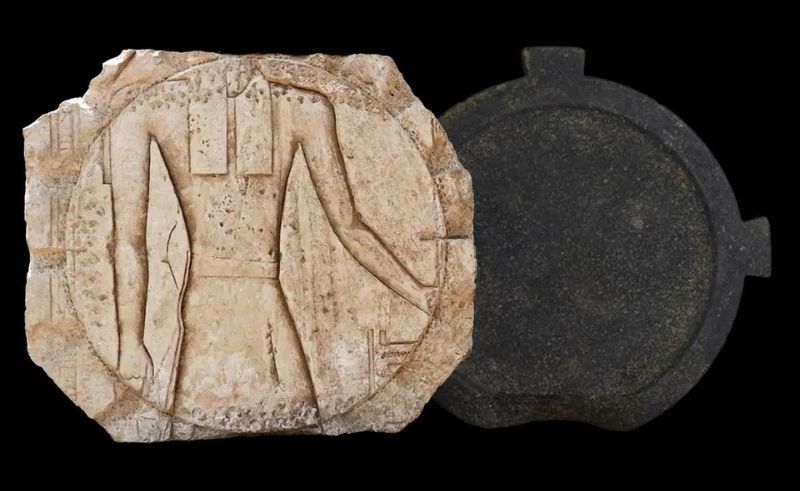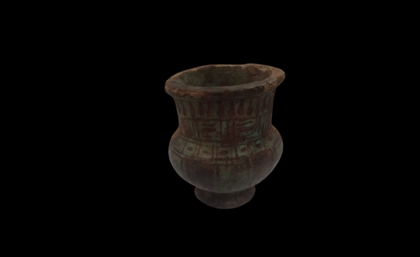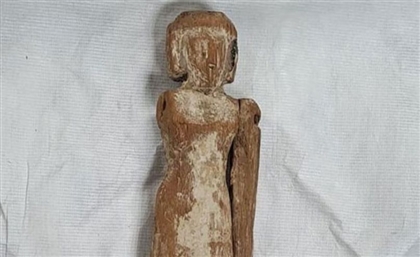First & Largest Observatory From 6th Century BC Found in Egypt
The finding was made at the Buto Temple within the Tell El-Faraeen archaeological site in the Kafr El-Sheikh Governorate.

Archaeologists in Egypt have uncovered the first and largest astronomical observatory from the 6th century BCE. The finding was made at the Buto Temple within the Tell El-Faraeen archaeological site, located in the Kafr El-Sheikh Governorate.
The observatory, constructed from mud brick, was used by ancient Egyptians to monitor the movements of the sun and stars, indicating their advanced understanding of astronomy. The observatory played a crucial role in determining the solar calendar and important religious and agricultural dates.
The observatory building spans approximately 850 square metres and features an entrance facing east to align with the sunrise. Inside, a central columned hall, shaped like an ‘L’, and a high mud brick wall resembling those typically found in temple entrances were discovered. The site also includes five mud brick rooms likely used for storing tools, four smaller mud brick rooms, and a small stone room believed to be the observatory tower.
A notable feature of the discovery is a rare slanted stone sundial, also known as a shadow clock, which consists of a 4.80-metre-long row of limestone slabs with inclined lines to track the sun's shadow. Additional findings include a stone fixed to the floor within a circular chamber and two circular stones used for measuring the sun's inclination.
Artefacts recovered at the site include a statue from the 26th Dynasty, a Merkhet measuring tool used in ancient Egyptian astronomy, and various religious items and pottery that provide insight into daily life and rituals of the time.
Trending This Week
-
Aug 13, 2025



























